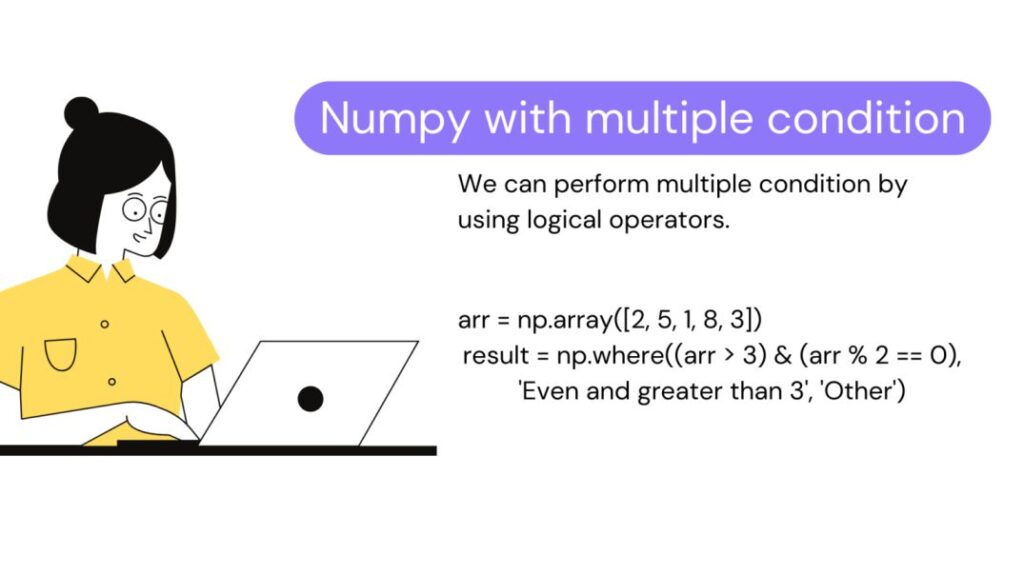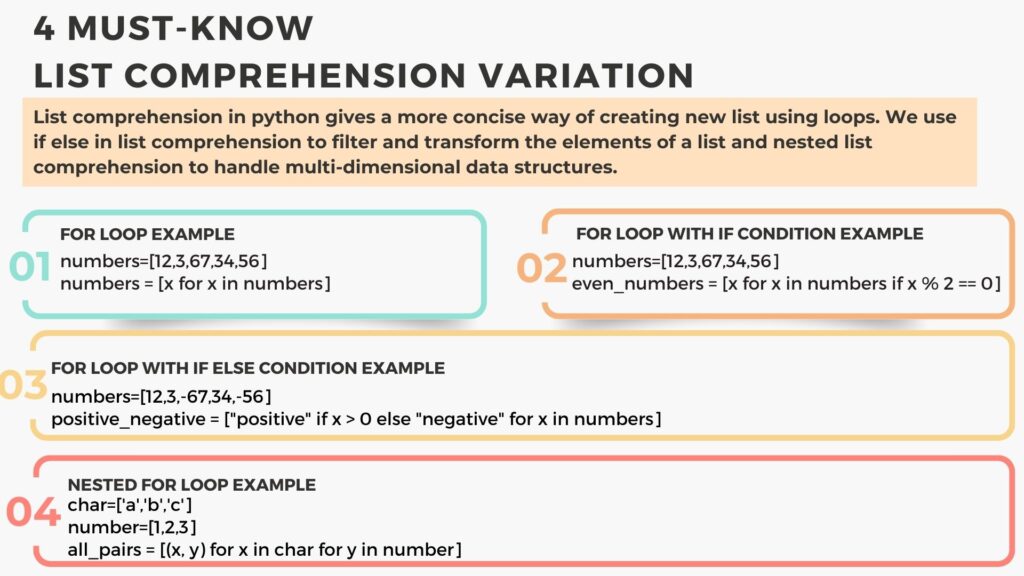Table of Contents
ToggleWhile learning machine learning I have faced “ValueError: Found Input Variables with Inconsistent Numbers of Samples error many times” majorly while using scikit-learn library. It is a frustrating error but don’t worry follow the below step to solve the error
The error majorly comes in the training, preprocessing or evaluation phase. The simple reason for occurring error is because of input arrays. The input arrays do not have the same number of data points.
In this blog post, I will break down why it occurred. Will provide a guide for identifying root cause and the best practices to avoid the error.
What Does ValueError: Found Input Variables with Inconsistent Numbers of Samples error many times Error Mean?
- X: Features (inputs)
- y: Labels/targets (outputs)
- 100 rows in X
- 98 rows in y
train_test_split() fit() cross_val_score() fit_transform() Pipelines Custom dataset splits
Why Does the Error Happen?
Let us know understand the causes of “ValueError: Found Input Variables with Inconsistent Numbers of Samples error many times” error
Cause 1: X and y lengths don’t match
X.shape # (100, 5) y.shape # (98,)This mismatch may happen due to:
- Incorrect slicing
- Dropping NaN values in only one array
- Misaligned dataframe operations
- Concatenating datasets incorrectly
Cause 2: Preprocessing only applied to X or y
While preprocessing stage you applied certain setups to a feature
Example:X = X.dropna() # y was not updated after dropping rowsIf rows are dropped from X but not from y, their lengths no longer match.
Cause 3: train_test_split inputs not aligned
Wrong arrays are passed to train_test_split for example
X_train, X_test, y_train, y_test = train_test_split(
X, y2, test_size=0.2
)
In above code y2 is not the correct target array so the lengths will mismatch.
Cause 4: Using Pandas .loc or .iloc incorrectly
X = df.loc[df["Age"] > 18, :] y = df["Purchased"] # no filtering applied
- Now: X has fewer rows
- y still has all rows
Cause 5: Combining datasets from different sources
While merging dataframes from different sources you may end up misaligning the combined dataframes.
Cause 6: Incorrect reshaping
Sometimes we reshape arrays incorrectly:
X = X.reshape(50,10) # produces wrong number of samples
The above method leads to inconsistency between the number of samples if not correctly placed.
Use the below method for reshapingy = y.reshape(-1, 1) # ok
How to Debug the Error
When you encounter the error, follow this checklist.
Step 1: Print shapes
Print the dimension of X andy.
print(X.shape) print(y.shape)If the first dimension which is rows doesn’t match then we have an issue.
Step 2: Check after each preprocessing step
Add checks after each preprocessing step like:
- Dropping missing values
- Encoding
- Scaling
- Train/test splitting
Example:
print("After dropna:", X.shape, y.shape) Step 3: Validate split sizes
Confirm that the split didn’t change in sizes:
print(len(X_train), len(y_train)) print(len(X_test), len(y_test))
If they differ, the wrong arrays were passed.
4. How to Fix the “ValueError: Found Input Variables with Inconsistent Numbers of Samples error many times” Error
Here is a checklist which you can follow.
Fix 1: Align X and y lengths
X = X.iloc[:len(y)]
Use more safer method:
min_len = min(len(X), len(y)) X = X.iloc[:min_len] y = y.iloc[:min_len]
Fix 2: Drop NaN values consistently
Have a habit of dropping NaN values before separating X and y.
df = df.dropna()
X = df.drop("target", axis=1)
y = df["target"]
Or if we can do it separately:
combined = pd.concat([X, y], axis=1).dropna() X = combined.iloc[:, :-1] y = combined.iloc[:, -1]
Fix 3: Filter both X and y using same Boolean mask
mask = df["Age"] > 18 X = X[mask] y = y[mask]
Fix 4: Use correct arrays during train_test_split
X_train, X_test, y_train, y_test =
train_test_split(X, y, test_size=0.2, random_state=42) Fix 5: Realign indices
y = y.reindex(X.index)
Fix 6: Check shapes when reshaping
y = y.reshape(-1) # Keep 1d for most models
Real-World Example
df = pd.read_csv("data.csv")
X = df.drop("price", axis=1)
y = df["price"]
X = X.dropna() # dropped rows in X but not in y
model.fit(X, y)
Corrected Code:
df = df.dropna()
X = df.drop("price", axis=1)
y = df["price"]
model.fit(X, y)
Conclusion
The “ValueError: Found input variables with inconsistent numbers of samples” error is a common issue when you start developing models in machine learning.
Here is a checklist which you can follow for debugging
- The number of samples between X and y doesn’t match
- Preprocessing removed or changed rows only in one of them
- Inputs were passed incorrectly into scikit-learn functions
You can easily fix the error by checking the shapes of your arrays, aligning indices, and ensuring consistent preprocessing.
if we pay attention to data alignment and shape verification that will save us hours of debugging and ensure smoother machine learning development.
The blog post contains affiliate links.


